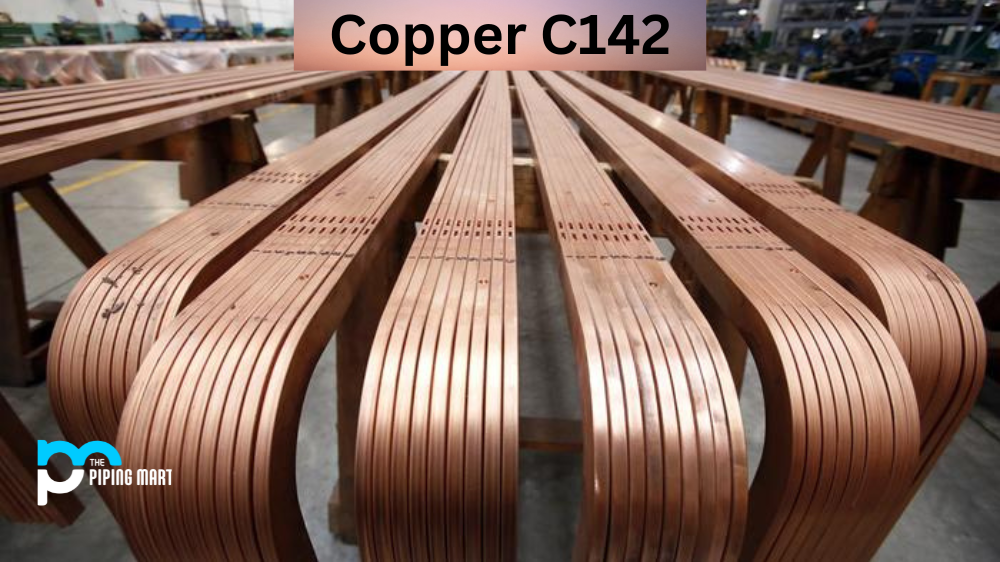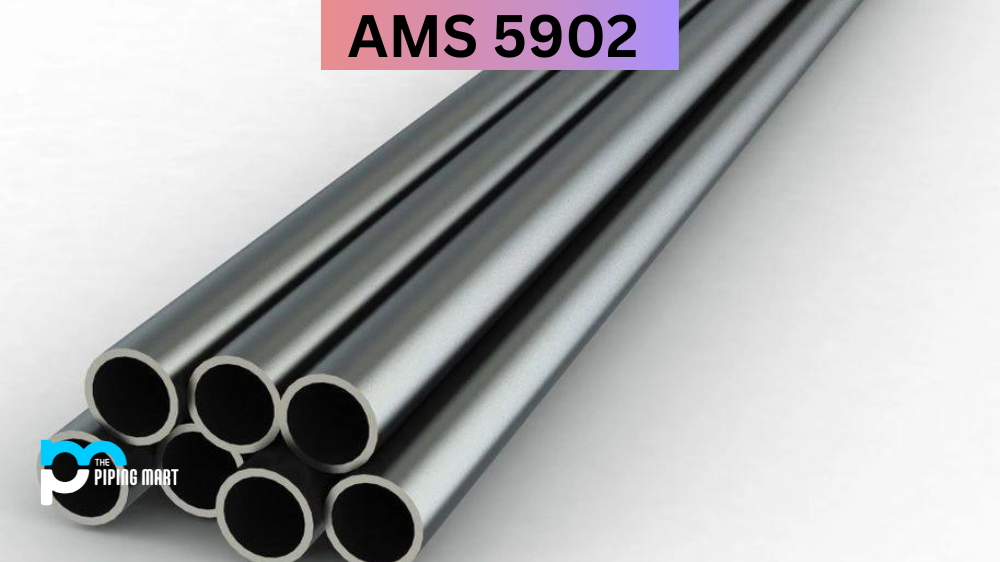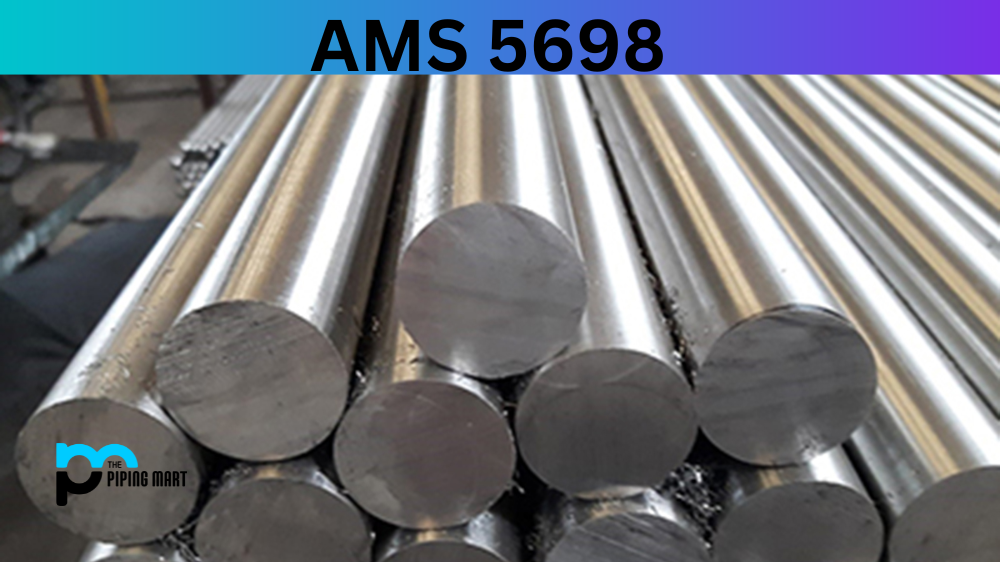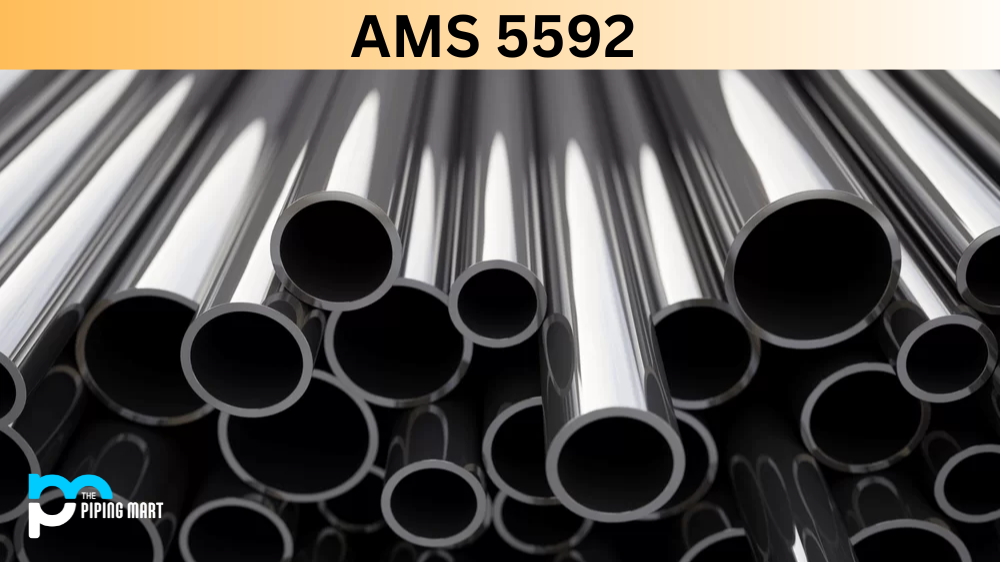Copper C142 is an alloy that has a wide range of applications in various industries due to its unique physical and mechanical properties. It is composed of copper, manganese, and other elements that give it strength, malleability, corrosion resistance, and heat resistance. Let’s dive into the composition and properties of this alloy and explore some of its most common uses.
Composition
C14200 Alloy is a high-strength alloy composed primarily of copper (99%) and manganese (1%). The addition of manganese improves the strength of the material while still maintaining good electrical conductivity. It also contains small amounts of titanium, nickel, zinc, iron, lead, tin, chromium, antimony and phosphorus. This combination gives Copper C142 a unique set of physical and mechanical properties that make it ideal for use in many different industrial applications.
| Element | Content (%) |
|---|---|
| Cu | 99.68 |
| As | 0.3 |
| P | 0.02 |
Mechanical Properties
The addition of manganese to grade C142 gives the material excellent tensile strength (up to 95 ksi) and yield strength (up to 45 ksi). It also has a high level of ductility which makes it easy to form complex shapes without fracturing or cracking. This makes it well-suited for applications such as deep drawing, where complex shapes are required. It has good machinability when working with cutting tools such as drills or reamers. It can also be welded using arc welding techniques such as TIG welding or MIG welding.
| Properties | Metric | Imperial |
|---|---|---|
| Modulus of elasticity | 117 GPa | 16969 ksi |
| Poissons ratio | 0.34 | 0.34 |
| Tensile strength | 221 – 379 MPa | 32100 – 55000 psi |
| Yield strength | 69.0 – 345 MPa | 10000 – 50000 psi |
| Elongation at break | 45.00% | 45.00% |
| Machinability | 20% | 20% |
Physical Properties
C142 Grade has excellent corrosion resistance due to its high copper content, which acts as a barrier against oxidation. Its high ductility makes it resistant to cracking when exposed to temperatures up to 600 degrees Fahrenheit which makes it suitable for use in hot working processes such as forging or extrusion. In addition, Copper C142 maintains its strength even at temperatures up to 400 degrees Fahrenheit, making it suitable for use in higher temperature environments than some other alloys.
| Properties | Metric | Imperial |
|---|---|---|
| Density | 8.91 g/cc | 0.322 lb/in3 |
Equivalent
| ASME SB111 | ASTM B111 | ASTM B359 | ASTM B5 |
| ASME SB133 | ASTM B133 | ASTM B379 | ASTM B623 |
| ASME SB359 | ASTM B152 | ASTM B395 | ASTM B75 |
| ASME SB395 | ASTM B216 | ASTM B442 | MIL T-24107 |
| ASME SB75 | ASTM B224 | ASTM B447 | UNS C14200 |
Uses
The combination of these properties makes Cu C142 an ideal choice for use in a variety of industries, including automotive manufacturing, electronics manufacturing, medical device manufacturing, aerospace engineering and more. Some common uses include: electrical components; connectors; fasteners; medical implants; springs; gears; valves; shafts; pumps; pipes; plates; rods; fittings etc… Due to its excellent corrosion resistance properties, it is used extensively in marine applications such as boat hulls and decking materials where long-term durability is essential. It is also used in various construction projects due to its high strength-to-weight ratio, which helps reduce structural weight without sacrificing structural integrity.
Heat Treatment
The process of heat-treating copper alloy C142 involves precise temperatures and pressure cycles that must be precisely maintained to achieve the desired outcome. Both the hardening and tempering treatments must adhere to a narrow range of temperatures, with hardening occurring between 850°F and 900°F and tempering between 400°F and 600°F. Once the temperatures have been achieved, full annealing can occur either at 1050°F for one hour or 1200°F for 20 minutes. After the heat treatment is complete, copper alloy C142 becomes tougher than pure copper yet still retains its lightweight characteristics, making it highly valued in industrial settings. Copper C142 has become increasingly popular due to its easy availability, affordability, and high performance when used correctly.
Machining
Copper C142 machining is one of the more complex and time-consuming processes used in precision engineering. Manipulating copper into a component requires highly skilled craftsmen and timesheets of experience to create parts that are accurate to within 0,02mm using standard tools. Copper C142 materials offer superior properties unmatched by other metals, such as excellent malleability, formability, and high electrical and thermal conductivity, which make it an ideal choice for applications where temperature regulation, electrical conductivity and mechanical strength are all needed. This remarkable resistance to corrosion makes this material unique and allows it to be used in many applications in the construction industry, from plumbing works to aircraft components.
Welding
Copper C142 welding is an extremely precise art, requiring intense attention to detail and skill. The large variety of alloys available in the line of Copper C142 makes it a great choice for diversified projects. From residential to commercial, the quality of welds produced with this metal is highly dependable. As it can be temperamental to work with, emphasis should be placed on proper equipment usage and preparation techniques. Expert copper C142 welders are highly sought after as they possess the know-how to produce amazing results with this challenging material. Ultimately, properly executing welds from this metal brings beautiful works of art to life every time.
Conclusion
In conclusion, Copper C142 is an alloy that offers excellent physical and mechanical properties along with good corrosion resistance making it suitable for a wide range of applications across many different industries, including automotive manufacturing, electronics manufacturing, medical device manufacturing, aerospace engineering, marine applications, and construction projects. Its unique composition gives it the ability to be formed into complex shapes while maintaining its strength even at elevated temperatures. With all these advantages, it’s no wonder why Copper C142 is so popularly used today!

Abhishek is a seasoned blogger and industry expert, sharing his insights and knowledge on various topics. With his research, Abhishek offers valuable insights and tips for professionals and enthusiasts. Follow him for expert advice on the latest trends and developments in the metal industry.




